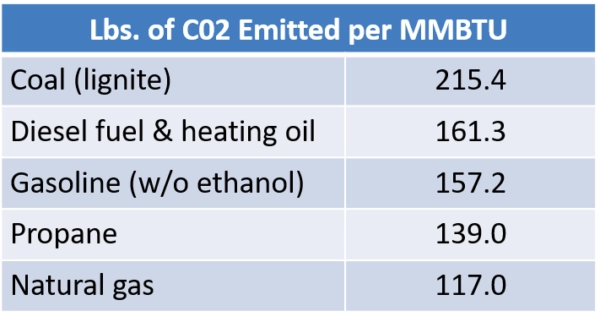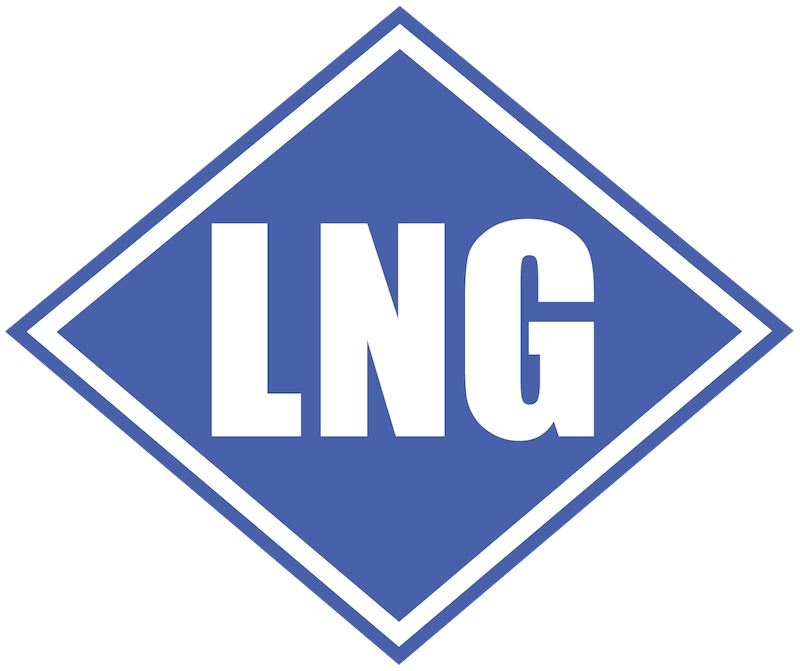With volatile and unpredictable fuel costs and increased demand for cleaner energy sources, Liquefied Natural Gas (LNG) is fast replacing diesel, propane and fuel oil throughout the country. LNG is now establishing itself as the low-cost, low-carbon fuel of choice for customers in the agricultural, asphalt, commercial, industrial, and utility markets.
Nevertheless, LNG finds itself the center of a whirl of myths, which target the fuel with an eye on discrediting it in the popular consciousness. Like the vast majority of myths however, separating out the truth from the fiction is like removing the wheat from the chaff to discover the true value of a particular statement as it relates to this abundant fuel source.
LNG has been well known since the first half of the 20th century and been established as a fuel source for everyday commercial use. LNG is natural gas that has been purified and liquefied. This clear, colorless and odorless liquid consists of approximately 95% methane (CH4) with low concentrations of other hydrocarbons (e.g. ethane, propane and butane) and inert components such as nitrogen. As such, it is a clean and affordable fuel, offering stable pricing, high performance and cost savings in every application. LNG is also the safest fuel available in the market.
So… What are the Myths about using LNG?…
1. LNG IS TOO EXPENSIVE FOR OUR OPERATIONS
As fuel prices continue to rise, profitability is being squeezed. Managers are increasingly resistant to accepting higher fuel prices, so they must sacrifice margins. LNG can help reverse this trend.
Due to the large amount of natural gas reserves, natural gas prices have disassociated from oil prices. In the last 20 years natural gas has sold at about two-thirds of the price of oil (per unit energy).
2. IT’S DIFFICULT AND COSTLY TO SET UP AN LNG SYSTEM
All operations have different needs depending on their facilities. LNG providers work with you creating a customized solution that is simple to install and maintain. Permanent LNG fueling systems have a small footprint and feed into existing gas lines. LNG field service teams convert your current power source (boilers, dryers, heaters, power generators) to run on LNG. Complete turn-key solutions can be provided including equipment, installation, and flexible financing for upfront capital investment.
Seasonal or temporary LNG equipment is also available to serve as your mobile fuel source without long-term storage fees. Mobile LNG systems are designed to meet high-volume fuel requirements by creating a “virtual pipeline” while incurring zero or minimal capital expenses. For example, LNG vaporization skids and transport trailers can be brought to your location with an all-in (no equipment cost) LNG price savings.
3. THERE ARE SAFETY ISSUES WITH LNG
LNG has been the safest fuel for the last 50 years. LNG is colorless, odorless, non-toxic, and non-corrosive. Its high ignition temperature of 649 °F (gasoline: 315 °C) and limited flammability range (5 % to 15 % in air) make its unintentional combustion highly unlikely. LNG, if exposed to the air, returns to its gaseous state and quickly dissipates and evaporates into the air leaving no residue. Unlike propane and diesel, LNG is NOT flammable when in a liquid state.
4. WE CAN’T GET LNG TO OUR LOCATIONS
Natural gas contracts to 1/600th of its original volume when cleaned, cooled to approximately -261 °F and converted into a liquid. As a result, LNG can be easily stored and transported to remote regions, thus allowing for a natural gas “virtual pipeline”.
With LNG you can get natural gas delivered to your operations whether you’re on the grid or not. When natural gas is converted to liquid form it can be trucked 24/7/365 to operations all-across North America, leading to big savings. Storage container remote and automated monitoring provides access to fuel levels and generates reordering alerts for deliveries as needed. Mobile LNG storage tanks and vaporizers are also available with minimal site preparation, which makes it ideal for temporary or seasonal operations.

5. LNG DOES NOT HAVE STABLE PRICING
LNG is not tied to foreign oil markets, which protects it from erratic price swings. Also, the natural gas raw product cost is only about 30% of the overall LNG cost. Thus, even if there are price swings in the natural gas market LNG is not affected greatly. One other advantage is LNG’s long-term (up to five years) hedging opportunities which allow proper budgeting of fuel costs.
6. LNG IS NOT A RELIABLE FUEL SOURCE
When the demand for fuel spikes, you’ll need a plentiful, affordable fuel source that can be delivered or stored on-site, and converted quickly. U.S. Natural Gas supply is PLENTIFUL (approximately 92 years of domestic supply on hand), providing a reliable source no matter the season. This is important in polar vortex situations where the supply of fuel can be constrained and ultimately compromise operations. LNG can be used as a primary pipeline supply, a resource for emergency backup, peak shaving, or pipeline integrity.
7. THERE ARE ENVIRONMENTAL CONCERNS WITH LNG
Natural gas is the cleanest-burning fuel available because it generates 75% fewer nitrogen oxide (NOx) emissions and 30% less carbon dioxide (CO2) emissions compared to other fossil fuels. It also has no environmentally-damaging sulphur dioxide (SO2) emissions.
The combustion of natural gas does not emit soot, dust or fumes. Unlike crude oil and crude-derived liquid fuels, if LNG spills it does not cause any residual impact on the environment. This is because it evaporates immediately and dissipates quickly into the atmosphere; it does not require any remediation of soil, groundwater or surface waters.


